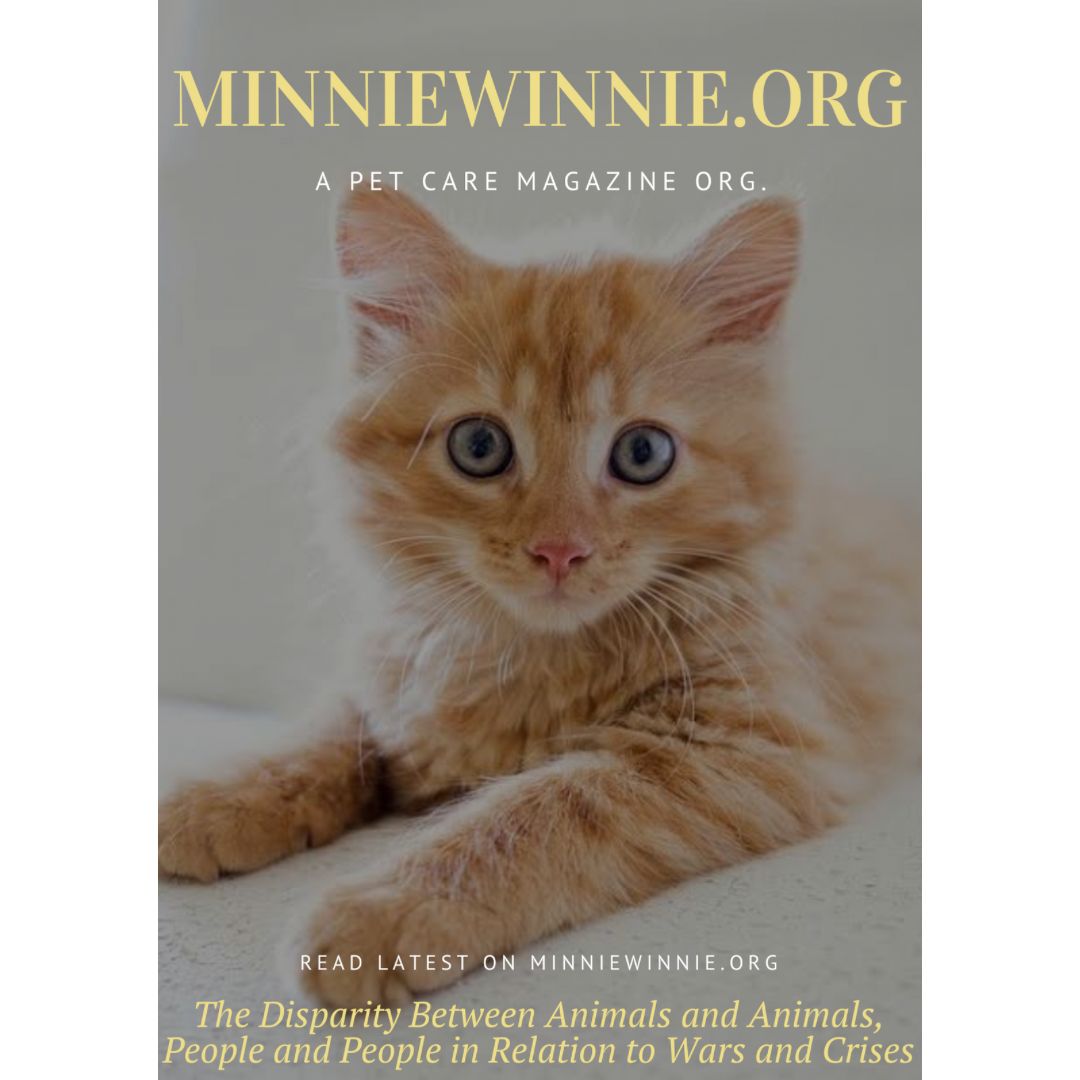The Disparity Between Animals and Animals, People and People in Relation to Wars and Crises
The face of wars and crises is often multifaceted and cruel, manifesting differently depending on where in the world they occur and who is affected. The world’s reactions to the horrors of war and crisis – whether humanitarian, ecological, or economic – clearly show that there are disparities between people and people, animals and animals, and countries and countries. This article highlights how animals in poorer countries suffer more than those in wealthier ones, how white lives are often valued higher than those of people of color, and how children’s suffering varies between richer and poorer areas. A recurring theme is that help and support often reach the most vulnerable last, if at all.
Animals in Poorer Countries versus Wealthier Countries
The difference in how animals are treated in poorer and wealthier countries is stark and often tragic. In wealthier countries, there are more resources available to protect animals and ensure their welfare. There are laws and regulations that safeguard animal rights, and organizations working for animal welfare often have a stronger voice and more funding.
In poorer countries, the situation is entirely different. Animals often suffer more due to a lack of resources, both economic and legal, to protect them. Natural disasters and human activities, such as war, deforestation, and illegal hunting, often have a devastating effect on animal populations in these regions. War zones pose direct dangers not only to people but also to the animals living there. Violence and destruction often leave animals homeless and injured, without access to the help they need.
International efforts to protect animals in crisis-stricken and poorer countries are also often insufficient. While animals in wealthier countries receive help through various rescue organizations and support programs, animals in poorer regions lack the same level of attention and resources. This leads to a situation where animals in poorer countries are exposed to greater risks and suffering.
White Lives versus Lives of People of Color
When wars and crises strike, media coverage and international response often show a clear bias. White lives are valued higher than those of people of color. A clear example of this is the difference in reactions to terrorist attacks or natural disasters in the Western world compared to developing countries. Terrorist attacks in Europe or North America receive immediate and extensive media coverage and a global outpouring of support and solidarity. In contrast, similar or even worse events in countries in the Middle East, Africa, or Asia do not receive the same attention or support.
In war zones like Palestine, Syria, Yemen, and many others we have seen that the suffering of people of color is often ignored or trivialized. Compared to, for instance, the war in Ukraine, where Western countries quickly mobilize support and resources, crises in countries with predominantly people of color always struggle to receive the same international response and support.
Children’s Suffering in Wealthier and Poorer Countries
When it comes to children, the differences in how they are affected in wealthier and poorer countries are very pronounced. In war zones and during humanitarian crises, children in poorer countries often suffer more due to a lack of food, medicine, and security. They have less access to education and psychological support, which negatively affects their future.
In wealthier countries, there are often well-functioning social safety nets and aid organizations that quickly mobilize resources to help affected children. In poorer countries, these safety nets are either weak or nonexistent, resulting in children’s suffering being greater and more prolonged. International support often does not arrive in time, if at all, exacerbating the situation further.
Conclusion
It is evident that there is a systematic and global imbalance in how crises are handled depending on where they occur and who is affected. Animals in wealthier countries are better protected than those in poorer countries, white lives often receive more attention and support than those of people of color, and children in wealthy countries have stronger social safety nets than those in poor countries. To create a more just and humane world, it is important to recognize and work to change these injustices, so that all individuals and animals receive the help and support they need regardless of where they are or what background they have.










